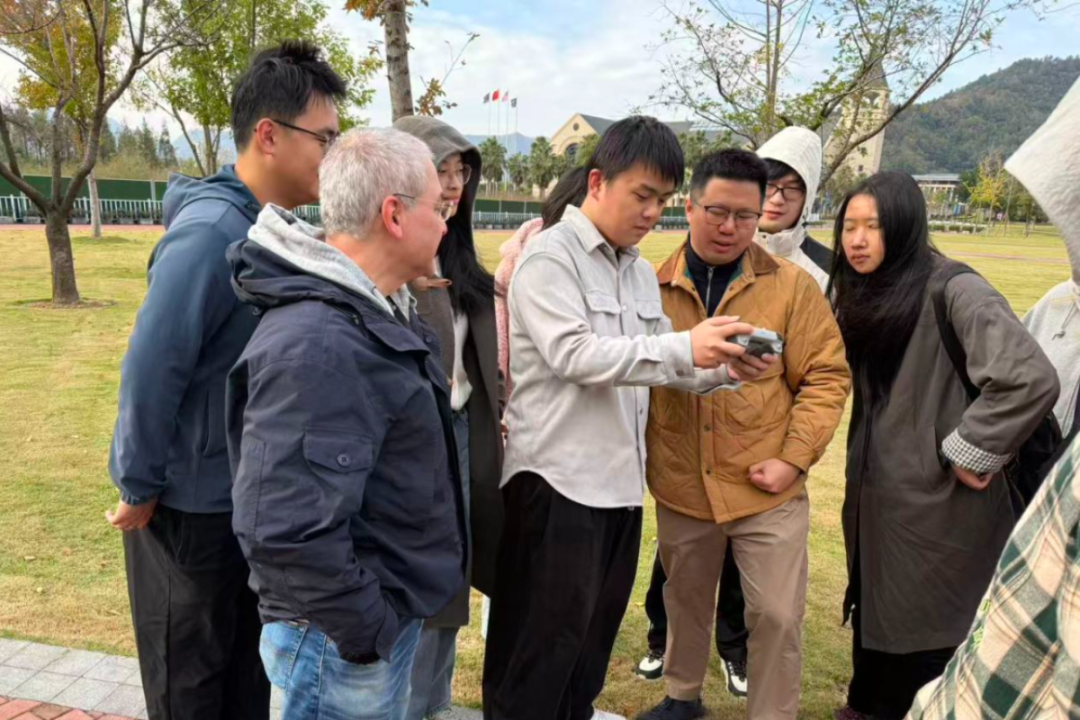National Natural Science Foundation of China---Youth Science Fund
National Natural Science Foundation of China—Youth Science Fund
Recently, National Natural Science Foundation of China (NSFC) Committee announced the sponsored projects in 2017.The project “Mechanism of a novel and efficient in-trans drug carrier K16ApoE across the blood-brain barrier” led by Dr. Meng Yu from Wenzhou-Kean University has been evaluated and funded 190,0000.NSFC, as one of the funding projects in China, plays an important role in China’s scientific research system. It is the first time that WKU received the NSFC for Youth Science Fund.
The initial study of this project was supported by the Student-Partnering-Faculty Research Project (SpF) at WKU, afterward, Dr. Meng Yu submitted the application for NSFC—Youth Science Fund in March this year.This project states the enzyme replacement therapy (ERT) which has been proved to be the most effective way for lysosomal storage disorder (LSD) treatment. However, the blood-brain barrier (BBB) presents a major challenge to deliver therapeutics in central nervous system (CNS), which limits the application of ERT in CNS-involved LSD. Current strategies to cross BBB mainly focus on increasing the concentration of blood-circulating drug or constructing the drug-carrier chimera which targets the receptors on BBB. Although methods do exist to help recombinant lysosomal proteins cross the BBB in animal models results have been modest in terms of low levels achievable in the brain and therapeutic value in terms of increasing the lifespan of animal models remains to be demonstrated in a convincing way. We recently reported an efficacy study on a novel in-trans peptide carrier (K16ApoE) in late-infantile neuronal ceroid lipofuscinosis (LINCL) mouse model. Results demonstrated that supraphysiological levels of TPP1 were achieved in the brain after co-injection of TPP1 and K16ApoE mixture. Importantly, peptide-mediated delivery of TPP1 from the bloodstream into the brain translates into significantly increased lifespan. However, the mechanism of action of K16ApoE is yet to be definitively elucidated which greatly limits its clinical translational potential. Here, we propose this study to dissect the mechanism of K16ApoE mediated drug delivery across BBB. Specifically, we will explore the pharmacokinetics mechanism of K16ApoE, the route, and distribution of K16ApoE from blood to brain, the specificity of the therapeutics delivered by K16ApoE and the interaction between K16ApoE and BBB.
In the future the achievements in the study will be a major breakthrough, changing the way we think about therapy for CNS disorders.




